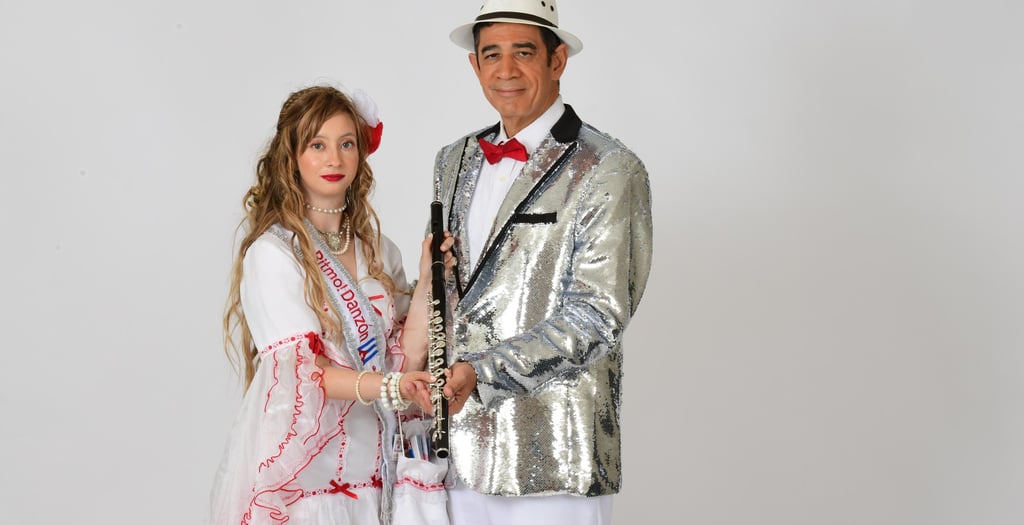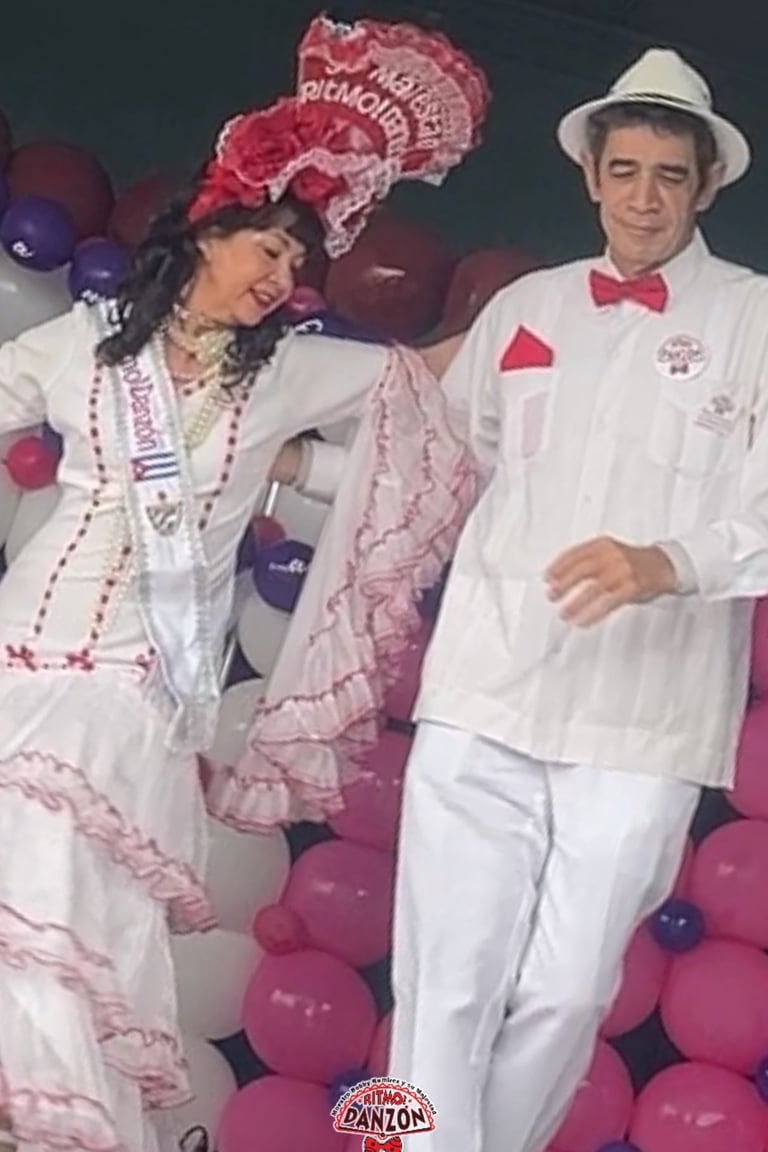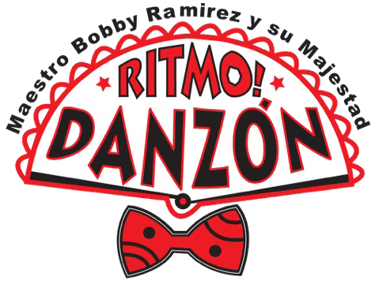From Courtly Steps to Cuban Streets: The Birth of the Danzón
Tracing the graceful transformation from European ballroom to a national Cuban treasure
BLOG POSTS
Ritmo! Danzon
10/9/20255 min read


From Courtly Steps to Cuban Streets: The Birth of the Danzón
Tracing the graceful transformation from European ballroom to a national Cuban treasure
Introduction: a dance finds its voice
Danzón is often called Cuba’s first national dance—an elegant social ritual where poised promenades meet lilting melodies and a subtle, irresistible swing. Its story begins far from the Caribbean, in European ballrooms where formal figures and courtly etiquette ruled. Across the 19th century, those imported steps encountered African diasporic rhythm, Cuban creative genius, and a changing society. Out of that meeting came danzón: refined yet popular, intimate yet public, unmistakably Cuban.
An Old World blueprint: contradanza and quadrille
In the late 1700s and early 1800s, colonial Havana and Matanzas were captivated by European social dances: the French contredanse, the English country dance, and the quadrille. In Cuba they became the contradanza and, later, the danza—square-set formations and couple figures performed in salons and civic societies. These dances emphasized:
Structure: multi-part forms with repeated strains.
Etiquette: measured steps, bows, and figures led by a caller.
Ensembles: strings and winds suitable for refined indoor spaces.
But the European blueprint did not remain unchanged. In Cuba, it absorbed new accents—literally.
Creolization: when rhythm starts to smile
Cuban musicians began to infuse European melodies with Afro-Cuban rhythmic cells, particularly the habanera and the cinquillo (a syncopated five-note pattern). The result was music that still wore a European silhouette but moved with a Caribbean sway. Composers like Miguel Faílde, Ignacio Cervantes, and Manuel Saumell crafted contradanzas and danzas that bent the bar lines toward the off-beat. Audiences—across race and class, in plazas and salons—felt something new: elegant music that smiled on the “and” of the beat.
From salon ritual to couple’s conversation
As the 19th century progressed, Cuban society transformed. Urbanization, print culture, civic associations, and a growing sense of Cubanidad reshaped public life. Dance followed suit:
From set to couple: Instead of square formations called by a leader, partners turned toward each other.
From figures to flow: The dance prioritized promenade and close conversation over complicated floor patterns.
From spectator to participant: Danzón invited everyone—from the gilded salón to the neighborhood patio—to step in.
This shift did not abandon grace; it reimagined it. The courteous walk became the paseo, a poised promenade that opened each danzón. Partners surveyed the floor, acknowledged friends, and prepared to dance—an unhurried ceremony that made space for anticipation.
“Las Alturas de Simpson” and a new name
Tradition holds that Miguel Faílde formally introduced the danzón with “Las Alturas de Simpson” in Matanzas in 1879. Whether the premiere date or venue is debated in archives, its symbolic meaning is clear: around this moment the music-dance synthesis coalesced under a new name—danzón—and the public recognized it as distinct from the older contradanza/danza lineage. The dance’s paseo + themes structure, its rhythmic lilt, and its couple-centered elegance announced a Cuban original.
The sound of danzón: charanga’s silken timbre
If danzón is a conversation, the charanga is its voice. Evolving from earlier salon ensembles, the charanga forged a light, singing sound:
Lead: a five-key wooden flute carrying supple, improvisatory lines
Melody & harmony: violins weaving graceful counterpoint, plus piano
Rhythm: güiro scraping the time, timbales adding crisp ornaments, double bass grounding the pulse
The charanga’s texture is airy, never heavy. It invites lucid melodies, refined ornamentation, and elegant dancers—gliding, pausing, turning—rather than acrobatic display.
Anatomy of a danzón
A typical danzón unfolds like a miniature suite:
Paseo (promenade): Partners walk with dignity; musicians outline the theme without urgency.
Primer tema (first theme): The dance begins in earnest; couples move in close conversation.
Contrastes (contrasting themes): Melodic episodes alternate; the flute embroiders the tune; violins answer.
Coda or reprise: A graceful close, often recalling the opening material.
Unlike later Latin dance forms driven by relentless propulsion, danzón savors space—rests, glances, and breath. The pause is part of the poetry.
Dance floor geography: societies, salons, and streets
Danzón thrived in lyceums and mutual-aid societies, in theaters and open-air kiosks, at town fiestas and in neighborhood clubs. It bridged worlds:
Respectability & romance: strict codes of dress and conduct protected propriety, yet the dance created a private dialogue within a public space.
Diverse publics: while class and race shaped access, danzón’s appeal reached across divides, becoming a shared cultural grammar of leisure and pride.
Local identity: cities like Matanzas and Havana cultivated distinct ensembles and repertories, fueling friendly rivalries and innovation.
The danzón’s children: danzonete, mambo, cha-cha-chá
A living tradition constantly reinvents itself. Danzón sparked new hybrids:
Danzonete (1920s–30s): adding a sung refrain and a touch of urban wit to the instrumental form.
Mambo (1930s–40s): musicians like Orestes López and the orchestra Arcaño y sus Maravillas supercharged danzón’s syncopations into a bristling new drive.
Cha-cha-chá (1950s): Enrique Jorrín distilled danzón’s elegance into a crisp, “on-the-floor” step that circled the globe.
Each innovation carried forward danzón’s DNA: clarity of melody, conversational phrasing, and a balance between poise and pleasure.
Why danzón matters today
Danzón is more than a museum piece. It remains a living practice:
Cultural memory: It preserves the story of Cuba’s 19th-century social life—its aspirations, codes, and creative fusions.
Musical schoolhouse: For flutists, violinists, and rhythm players, the charanga idiom is a masterclass in phrasing, articulation, and ensemble blend.
Dance ethos: Danzón models a social dance rooted in respect, mutual attention, and shared space—values worth carrying back onto today’s crowded floors.
Listening guide: hear the elegance
To appreciate the arc from salon to street, listen for:
The habanera and cinquillo under the melody—soft but undeniable.
Flute arabesques that seem to speak; the instrument is the dance’s whispering narrator.
Paseo spaces where the music invites you to look around the room, not just at your feet.
Violin counterlines that twine with the flute, a duet of courtliness and warmth.
Conclusion: a Cuban original with cosmopolitan roots
Danzón was born at a crossroads: European forms, African diasporic rhythm, Caribbean imagination, and a society in motion. It kept the grace of the ballroom, embraced the heartbeat of the island, and stepped confidently into public life as a national treasure. From courtly steps to Cuban streets, danzón teaches that elegance need not be distant—it can live among friends, in the open air, moving lightly to the gentle swing of a charanga and the unhurried promise of a paseo.
#Danzón #Danzon #CubanDance #Charanga #DanceForHealth #MindfulMovement #LowImpactFitness #HealthyAging #PartnerDance #LatinCulture #RitmoDanzon #HavanaNights #WellnessThroughDance #CulturalWellness #PostureTraining
Danzón Classes
We will teach you to dance danzón and contradanza at your own pace. No previous dance experience required. Learn more!










Classic Cuban Danzón
Ballroom Dancing
info@ritmodanzon.com
Contact us


